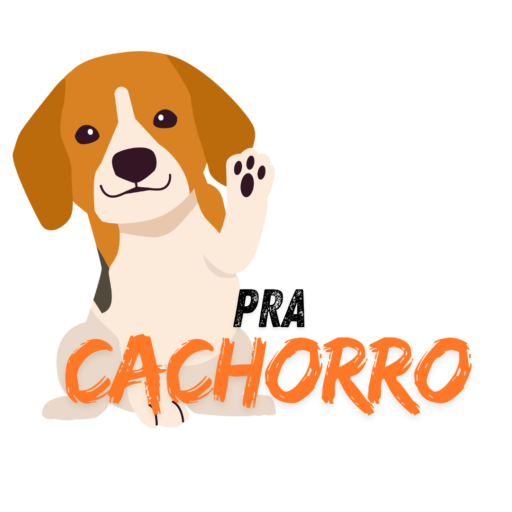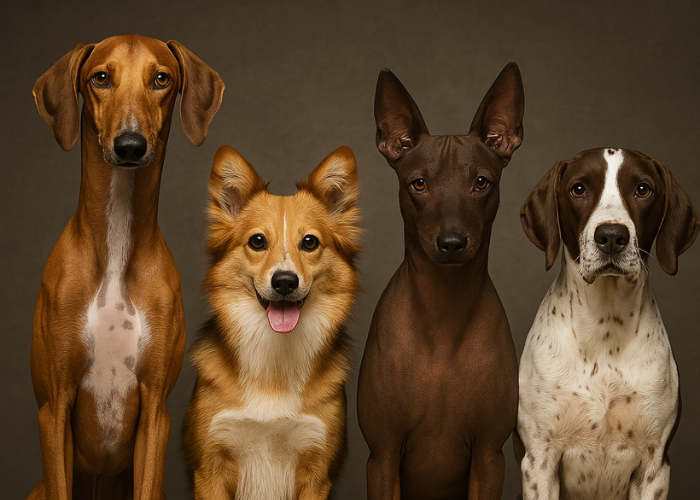Just like humans, dogs go through different sleep stages, including REM sleep (Rapid Eye Movement), which is associated with dreaming.
While we cannot say for sure what dogs dream about, observing their behavior during sleep provides clues that they experience dreams similar to ours.
In this article, we’ll explore what happens while your dog sleeps, signs that they are dreaming, and what it means for their health and well-being.
The Dog Sleep Cycle
A dog’s sleep is divided into two main stages: non-REM sleep and REM sleep. During non-REM sleep, the dog’s body is in a deep relaxation state, helping them restore energy. REM sleep is when dreaming occurs, and the dog’s brain becomes more active.
Tip: Dogs spend about 10-20% of their sleep time in the REM stage, meaning they dream frequently. This stage is characterized by rapid eye movements, muscle twitches, and paw movements as if they are running or playing.
Signs Your Dog is Dreaming
Although we can’t know exactly what your dog is dreaming about, certain behaviors during sleep indicate that they are in a dream state. Common signs include:
- Paw movements: Your dog may move their paws as if running or playing.
- Muscle twitches: They may twitch or spasm slightly, as if reacting to something in their dream.
- Eye movement: During REM sleep, a dog’s eyes may move rapidly under their eyelids, indicating active dreaming.
- Vocalization: Some dogs may make soft noises, such as barking or whining, while dreaming.
These behaviors closely resemble those observed in humans during REM sleep, suggesting that dogs, like us, experience dreams.
What Do Dogs Dream About?
Although we can’t know for sure, experts believe dogs dream about daily experiences. This may include activities such as playing, running, interacting with other dogs, or even recalling happy moments with their owners.
- Daily activities: Your dog may dream about walks, favorite toys, or social interactions.
- Emotional experiences: Some experts suggest that dogs might dream about emotional moments, such as bonding with their owners or situations that caused fear or anxiety.
Tip: If your dog spends a lot of time playing or exercising during the day, these moments may become key themes in their dreams, helping process and consolidate experiences.
The Importance of Sleep for Dogs
Sleep is essential for a dog’s physical and mental health. During sleep, their body recovers, and they process daily experiences. REM sleep is particularly important for memory and emotional processing. Ensuring a quiet and comfortable sleeping environment improves sleep quality and overall health.
Tip: If your dog has trouble sleeping or seems restless, consult a veterinarian to check for health issues such as anxiety or pain.
Sleep and Mental Health
Sleep is directly related to a dog’s mental health. Lack of adequate sleep can lead to behavioral problems, such as irritability, hyperactivity, or even aggression. Additionally, sleep-deprived dogs may show signs of stress or anxiety.
Tip: To promote good sleep, establish a consistent rest routine and provide a calm, comfortable sleeping area. This includes a soft bed, a quiet space, and a comfortable temperature.
Conclusion
While we can’t know exactly what dogs dream about, it is clear that they go through sleep cycles similar to humans, including REM sleep, which is linked to dreaming.
During REM sleep, dogs may dream about their daily activities, social interactions, and even emotions. Ensuring quality sleep is vital for their physical and mental health, contributing to a more balanced and happy life.
By recognizing signs that your dog is dreaming, such as paw movements or twitching, you can feel more connected to your pet, understanding that they, like us, have a rich inner world full of experiences. Provide a comfortable sleep environment and encourage relaxation to help them enjoy the full benefits of restful sleep.
Frequently Asked Questions
1. How can I tell if my dog is dreaming?
If your dog moves their paws, twitches, or makes noises while sleeping, they are likely in REM sleep and dreaming.
2. Can dogs have nightmares?
Yes, dogs can have nightmares, just like humans. They may dream about negative or scary experiences, such as stressful situations or fears.
3. How much sleep do dogs need per day?
Dogs, especially puppies and older dogs, need 12-14 hours of sleep daily. Active adult dogs may need slightly less but still require enough rest.
4. What should I do if my dog is restless while sleeping?
If your dog is frequently restless during sleep, it could be a sign of pain, stress, or anxiety. Consult a veterinarian if the issue persists.
5. How can I improve my dog’s sleep quality?
Provide a calm and comfortable sleeping space, including a soft bed, a quiet environment, and a consistent sleep routine for deeper, more restful sleep.



